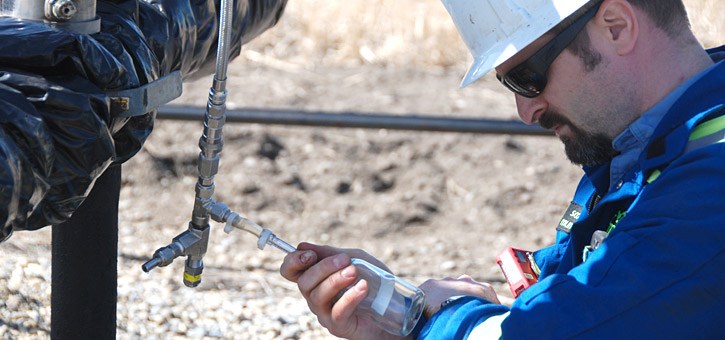In recent weeks, I’ve had the opportunity to speak with potential clients, several of whom are questioning the isotope numbers they received from the labs. Some are even suspicious of the very use of isotope geochemistry to help identify well issues, such as surface casing vent flows or even gas migration.
Clients such as these have usually been burned in the past when they‘ve used isotope gas values to determine where (and at what depth) a well needs repair. The results indicated a certain depth for repair (based upon interpretation), and naturally, they spent a significant amount for a service rig to fix the well at the recommended depth. Unfortunately, when everything was put back together again, the well was still leaking.
A situation such as this is not only frustrating for oil and gas executives, this situation also makes my job significantly more complex when explaining that gas isotope geochemistry, when done correctly, does absolutely help pinpoint gas leaks in their wells (among other things). After all, their prior experience with the technique has proved otherwise.
So, how do you ensure your isotope geochemistry examinations are done correctly, and why could such an expensive margin of error occur? Incorrect zone reporting in your gas geochemistry results can happen for a variety of reasons. Usually, it has nothing to do with the lab results themselves (but not always, but rather, has more to do with the samples.. Many times, when reviewing files for clients we find that the sampled gas is 90-99% air. This is the first major problem that is fortunately very easy to fix. Increasing your odds of successful zone identification starts with collecting high quality, pure gas samples with the least amount of air possible.
Good sampling collection begins with allowing the gas to purge and accumulate prior to extracting the sample. This technique provides enough sample, and therefore, enough concentration of target gases (especially C2 and C3), for isotopic measurement. Another easily overlooked reason for issues is the sampling container itself. Review and adhere to the ‘best before’ dates on the Tedlar bags you’re using. Bag suppliers typically include expiry dates and recommended storage timeframes on their websites. Most of the time, gas samples are only good for 24-72 hours, and is highly dependent on the gases you’re analyzing. We’ve seen isotopic values on gases kept in Tedlar bags begin to shift in 48 hours or so, thereby making interpretation of the subsequent results very difficult. Add to this that the shift in isotopes makes them appear more thermogenic, and what you have is a perfect recipe for inaccurate reports.
So, the next time your gas migration testing identifies the wrong zone (or none at all), examine your sample collection procedures to see if these issues are present. Accurate isotope values begin with clean sample collection.




